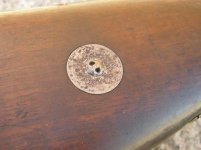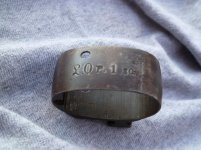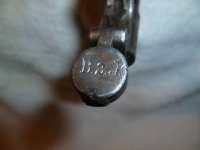The unit marking would fool me also, very few are versed enough to go off the cuff without a book and as Wolfgang noted, Carter's interpretations are hardly infallible (Craig Brown back in the 1970's-80's found cause to challenge some of Anthony Carter's assumptions, in a series of letters published in Kaiserzeit I believe, but could be some other publication...).
Authors are no different than any other specialist, most of the conclusions are clouded by prejudices and limited observations, also other people work, - this is especially true dealing with "history", where ideology plays a huge role.. today more than ever. Objectivity is almost impossible and it would almost be indispensable to inform/educate (even indoctrinate) all children with a healthy dose of suspicion when reading a "history" book or before they are introduced to any university program.
Anyway, the best way forward is to base assumptions on a wealth of observations that are reasonably agreed upon to be genuine, and in this case you are guilty of nothing because there is almost an absolute absence of known examples to base a judgement (or opinion). The only authentic examples are among bayonets and they are rare. It does make one wonder what became of all these rifles, that a relatively large number of bayonets have been observed would suggest that at least one or two rifles, or stocks, would have survived. Perhaps one is hidden away in some German collection? German collectors are a secretive lot, but assuming the research that has come out of postwar Germany is based upon actual observations, then there must be large collections somewhere in Europe.



